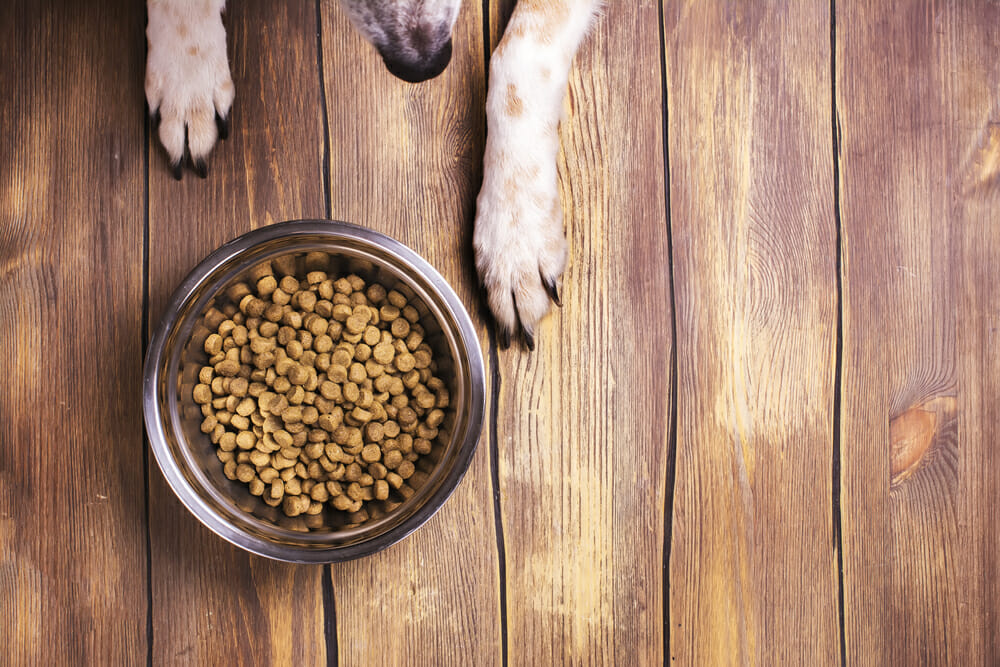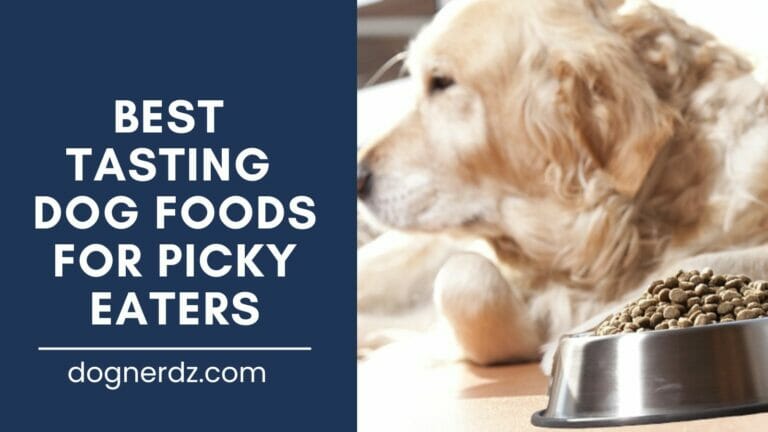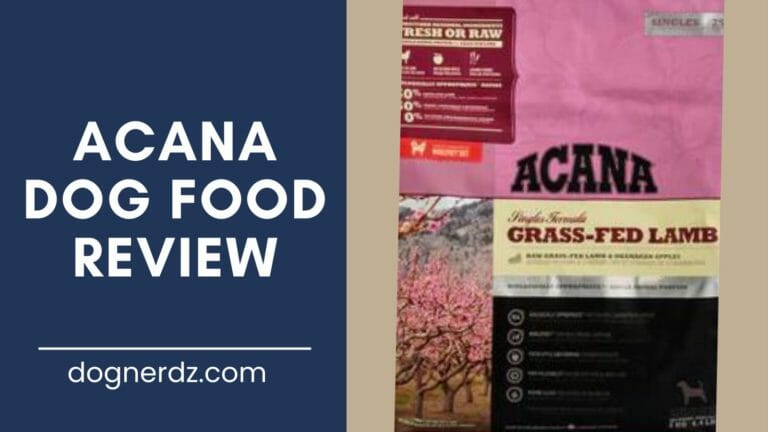The Impact of Cooking Methods on Dog Food Nutrition
As a dog owner, you want to provide the best nutrition for your furry friend. But have you ever wondered how cooking affects the nutritional value of dog food?
In this article, we’ll explore the advantages and challenges of homemade dog food, the truth behind the “natural” label in commercial pet food, and how cooking alters nutrient profiles. So, let’s dig in and uncover the delicious secrets of canine cuisine!
Table of Contents
The Advantages and Challenges of Homemade Dog Food
When it comes to feeding your dog, homemade food can offer several benefits. It allows you to have better control over your dog’s diet, ensuring they get the nutrients they need and avoiding potential allergens.
Homemade meals can be a great option for picky eaters, as you can tailor the recipes to suit their preferences. And, preparing meals for your pup can strengthen the bond between you and your furry companion.
However, there are challenges associated with homemade dog food. Unhealthy or imbalanced recipes can lead to nutritional deficiencies, which can have serious health consequences for your dog.
Using unsafe ingredients or improper food handling practices can put your dog at risk of foodborne illnesses. To ensure your homemade dog food is safe and nutritionally balanced, it’s essential to consult with a veterinary nutritionist.
They can provide trusted sources and guide you in creating well-rounded recipes for your pup.
Commercial Pet Food and the “Natural” Label:
When browsing the aisles of pet food, you may come across the term “natural” on many products. But what does it really mean?
In the pet food industry, the definition of “natural” can vary. Generally, it implies that the ingredients used are minimally processed and free from artificial additives. However, it’s important to note that the term “natural” is not regulated by the FDA or AAFCO, so it’s crucial to evaluate the nutrient profiles and ingredient quality of commercial pet food.
Research has shown that the nutrient content and digestibility of commercial pet food can vary depending on the processing methods used.
For example, a study comparing extruded cat food to a beef-based diet found that the beef-based diet, whether raw or cooked, had greater digestibility than the extruded diet. This highlights the importance of aligning pet food with dogs’ physiological capabilities for optimal health.
How Cooking Alters Nutrient Profiles in Dog Food:
Contrary to popular belief, cooking food doesn’t destroy nutrients but rather alters them. Cooking can enhance the digestibility of certain nutrients, making them more available for your dog’s body to absorb.
Let’s take a closer look at the specific impacts of cooking on nutrients in common ingredients:
- Beef Liver: Cooking beef liver can increase its digestibility and make it easier for your dog to absorb essential vitamins and minerals, such as vitamin A and iron.
- Spinach and Kale: These leafy greens contain oxalates, which can interfere with calcium absorption. However, cooking them can help reduce the oxalate content, making the calcium more bioavailable for your dog.
- Oatmeal: Cooking oatmeal makes it easier for your dog to digest and absorb its nutrients, such as fiber and B-vitamins.
When it comes to cooking methods, steaming, microwaving, roasting, sautéing, and soaking grains can all have their benefits.
Experimenting with different cooking techniques can help you find the best way to maximize the nutritional value of your dog’s meals.
Processing Techniques and their Impact on Commercial Dog Food Nutrient Content:
While commercial pet food offers convenience, it’s important to be aware of the potential negative effects of processing methods on nutrient content.
Two common processing methods used in commercial pet food are extrusion and canning.
Extrusion involves high-temperature cooking, which can lead to nutrient losses. To compensate for these losses, synthetic supplementation is often added to commercial pet food.
Canned pet food, on the other hand, undergoes a sterilization process that can also result in nutrient degradation. Despite these drawbacks, minimally processed raw food diets have gained popularity due to their potential benefits in preserving nutrient content.
The Research on Cooking and Preparation Methods’ Impact on Food Quality and Nutrition:
While there is some research on the impact of cooking methods on human food, studies specifically focused on pet food are limited.
More research is needed to fully understand how cooking and preparation methods affect the quality and nutrition of dog food. By expanding our knowledge in this area, we can make more informed decisions when it comes to feeding our four-legged friends.
Conclusion
Understanding how cooking affects dog food nutrition is essential for providing your furry friend with a healthy and balanced diet.
When it comes to commercial pet food, the “natural” label may not always guarantee optimal nutrition. Evaluating nutrient profiles, ingredient quality, and processing effects is key to selecting the best commercial food for your dog.
Cooking can alter the nutrient profiles of dog food, enhancing digestibility and making certain nutrients more available for absorption.
By staying informed and making educated choices, you can ensure that your furry friend receives the nutrition they need to thrive.







